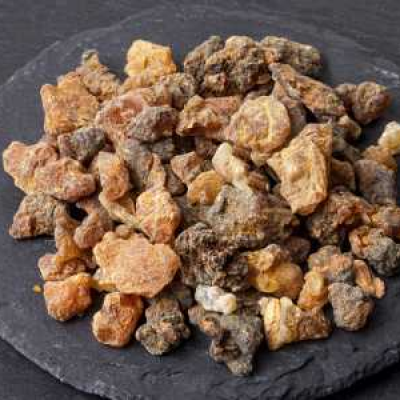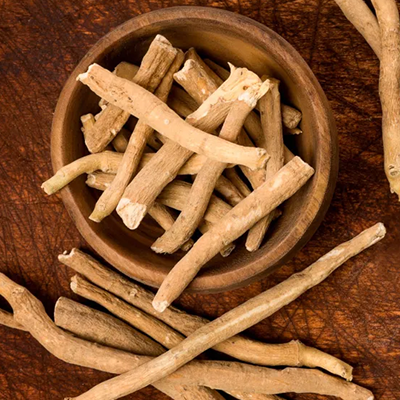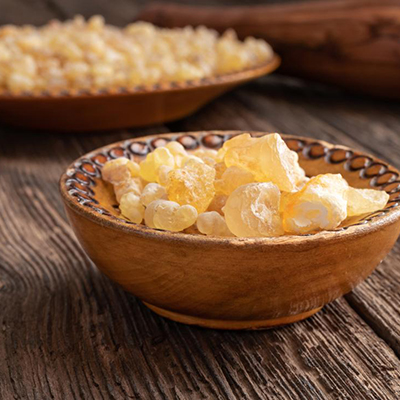What is Colles' Fracture?
Colles' fracture is a type of wrist fracture that happens when the radius bone (one of the two bones in the forearm) breaks near the wrist. It usually occurs when the broken bone gets displaced, making the wrist look bent backward (like a fork).
It typically occurs when someone falls and tries to catch themselves with their hand. The impact from falling on an outstretched arm puts stress on the radius, causing it to break.
Causes
- Falls: Falling on an outstretched hand is the most common cause.
- Trauma: Direct injuries, like car accidents or sports injuries.
- Weak Bones: Conditions like osteoporosis make bones brittle and prone to breaking.
Symptoms
- Pain near the wrist, especially during movement.
- Swelling around the wrist and forearm.
- Deformity of the wrist (it may look crooked).
- Bruising in the affected area.
- Difficulty holding or lifting objects.
Complications
- Stiffness: Limited wrist movement after healing.
- Chronic pain: Pain that lasts long after the fracture heals.
- Nerve damage: Injuries can affect nearby nerves.
- Post-traumatic arthritis: Damage to the wrist joint increases the risk of arthritis.
- Reduced strength: Long-term weakness in the wrist and hand.
Diagnosis
- Physical Examination: The doctor checks the wrist's appearance and movement.
- X-rays: Used to confirm the break and determine its severity.
- MRI or CT Scans: Rarely needed but may be used for complicated cases.
In Ayurveda, Colles' fracture can be linked to Asthi Bhagna (bone fractures) and Vata Prakopa (imbalance of Vata dosha). Vata controls movement and structural integrity, and its disturbance can cause weakened or brittle bones, leading to fractures.
Treatment of Colles' Fracture
1. Immediate Care:
- Immobilize the wrist with a splint.
- Apply ice to reduce swelling.
- Provide pain relief with medications.
2. Non-Surgical Treatment:
- Closed Reduction: Realign the bone manually.
- Cast or Splint: Immobilize the wrist for 4–6 weeks.
3. Surgical Treatment (for severe fractures):
- Open Reduction and Internal Fixation (ORIF): Use plates, screws, or pins.
- External Fixation: Stabilize with an external frame.
4. Rehabilitation:
- Physical therapy to restore movement, strength, and flexibility after healing.
5. Monitor for Complications:
- Check for pain, stiffness, or improper bone alignment.
Holistic approaches like Ayurvedic support or supplements can aid recovery.
Diet and Lifestyle
- Calcium-rich diet: Include milk, sesame seeds, and leafy greens.
- Bone-strengthening herbs: Such as Hadjod (Cissus quadrangularis).
- Avoid cold and dry foods that aggravate Vata dosha.
- Yoga and Exercises
- Gentle wrist exercises to regain strength and flexibility once the fracture heals.
- Pranayama for calming Vata and supporting overall healing.
Herbal treatment
Laksha Guggulu:
Helps in bone healing and reduces inflammation.
Ashwagandha:
Promotes strength and healing.
Shallaki:
Reduces pain and swelling.
Dashmoolarishta:
Reduces Vata imbalance and supports recovery.
By combining modern medicine for acute treatment (like casting or surgery) and Ayurveda for holistic recovery, better outcomes can be achieved.







